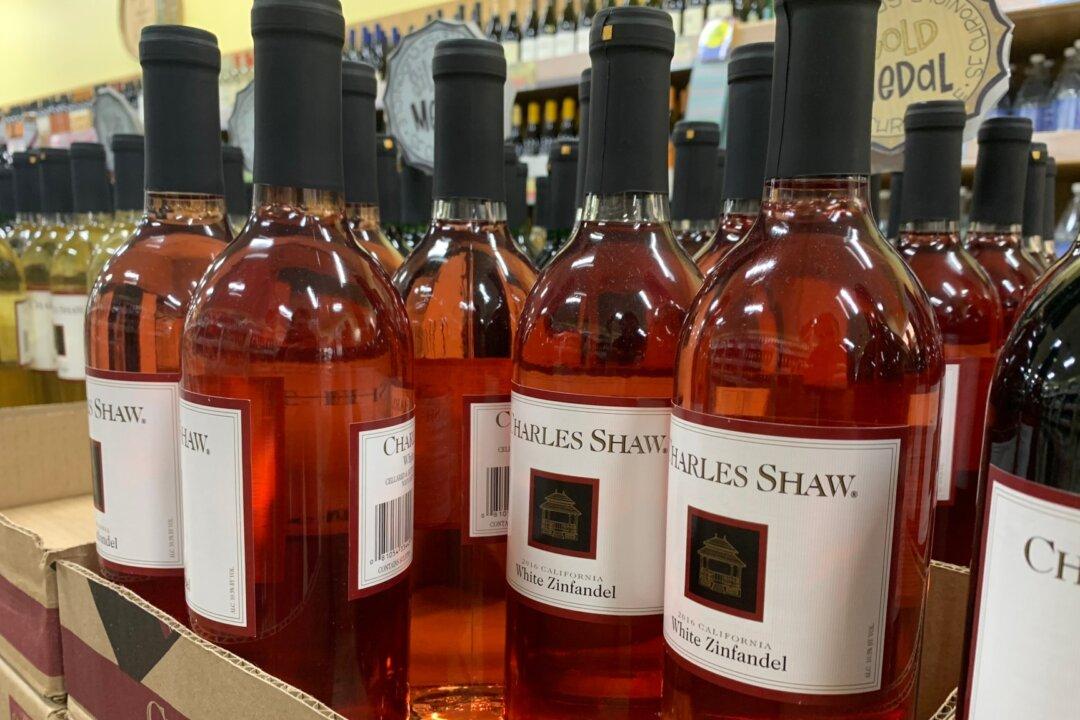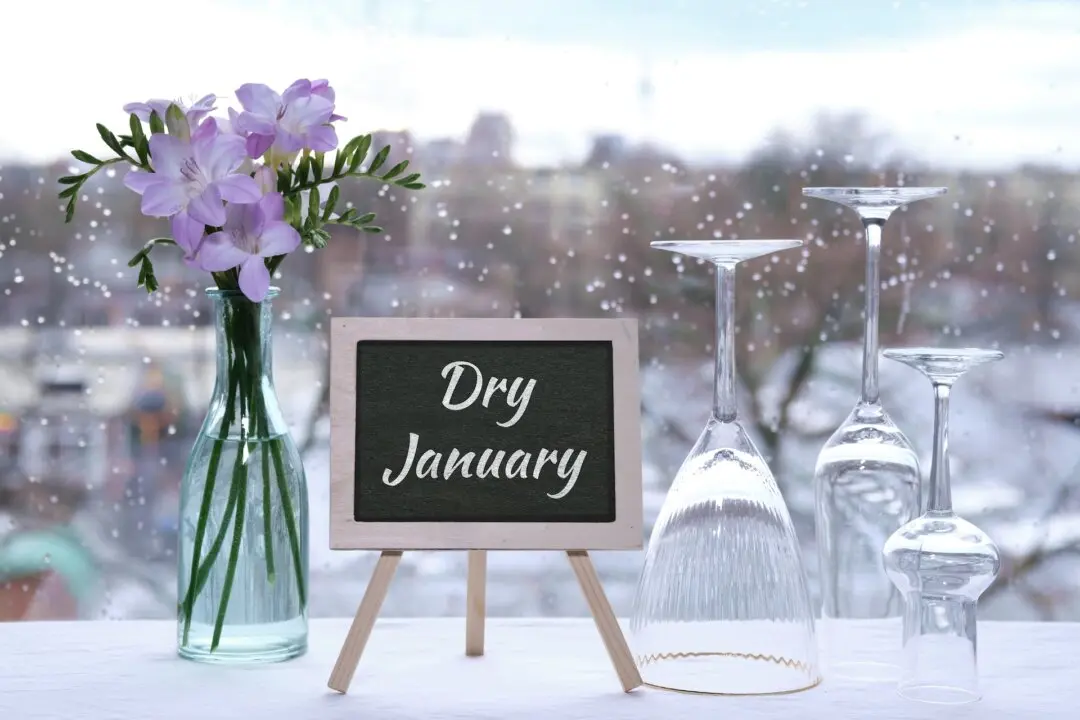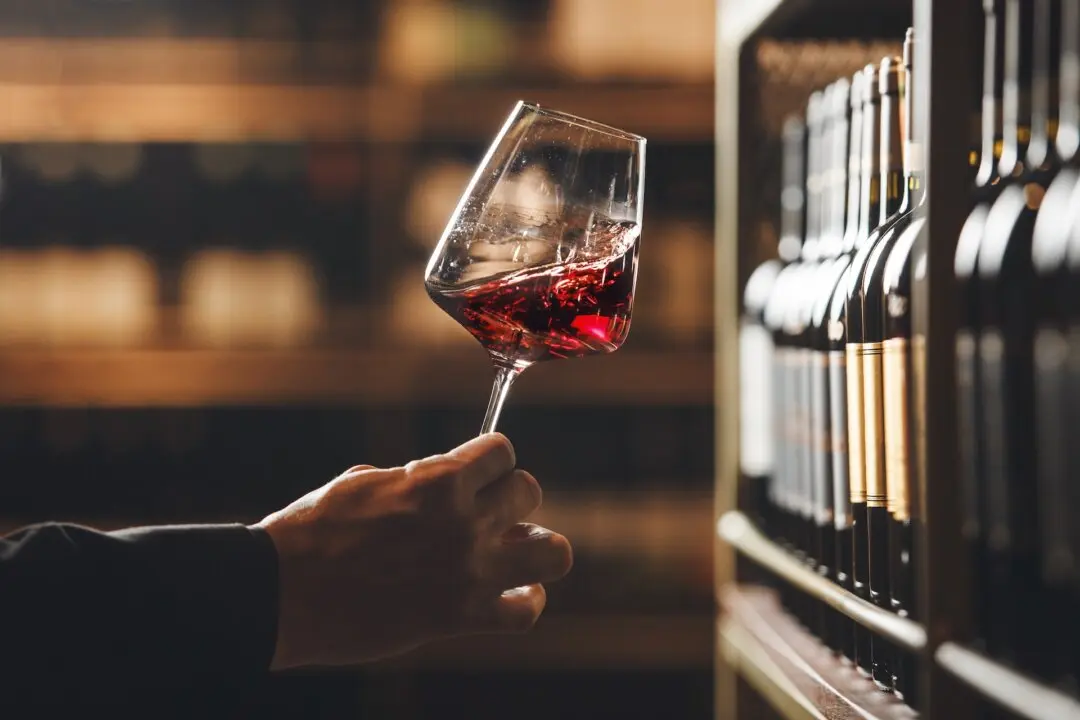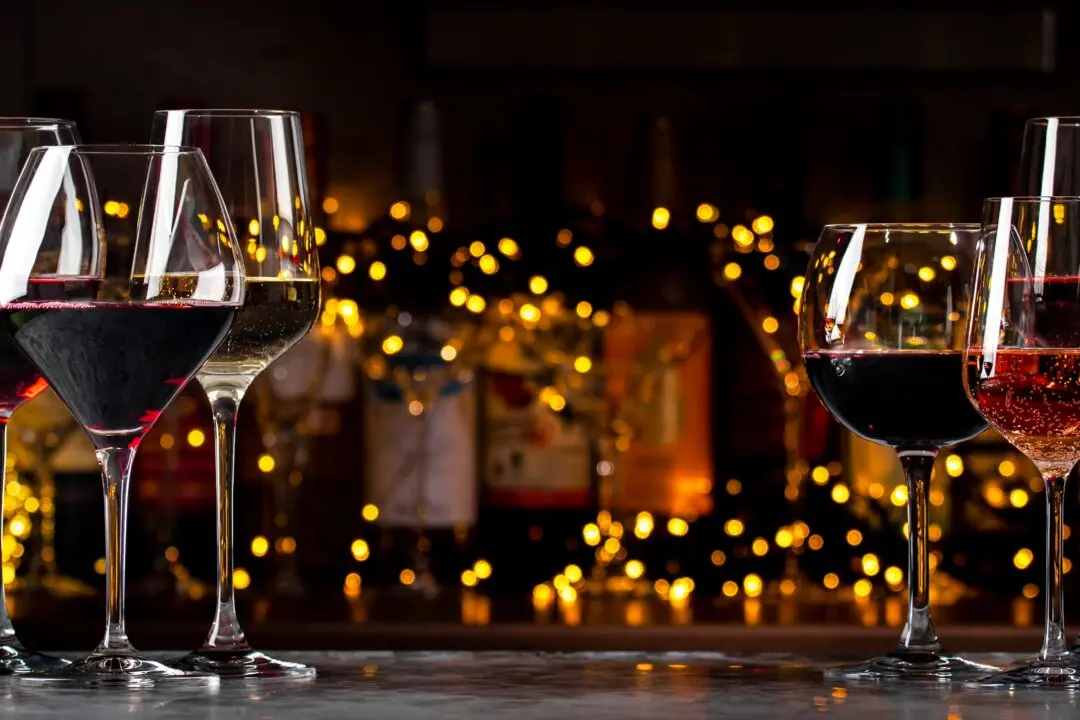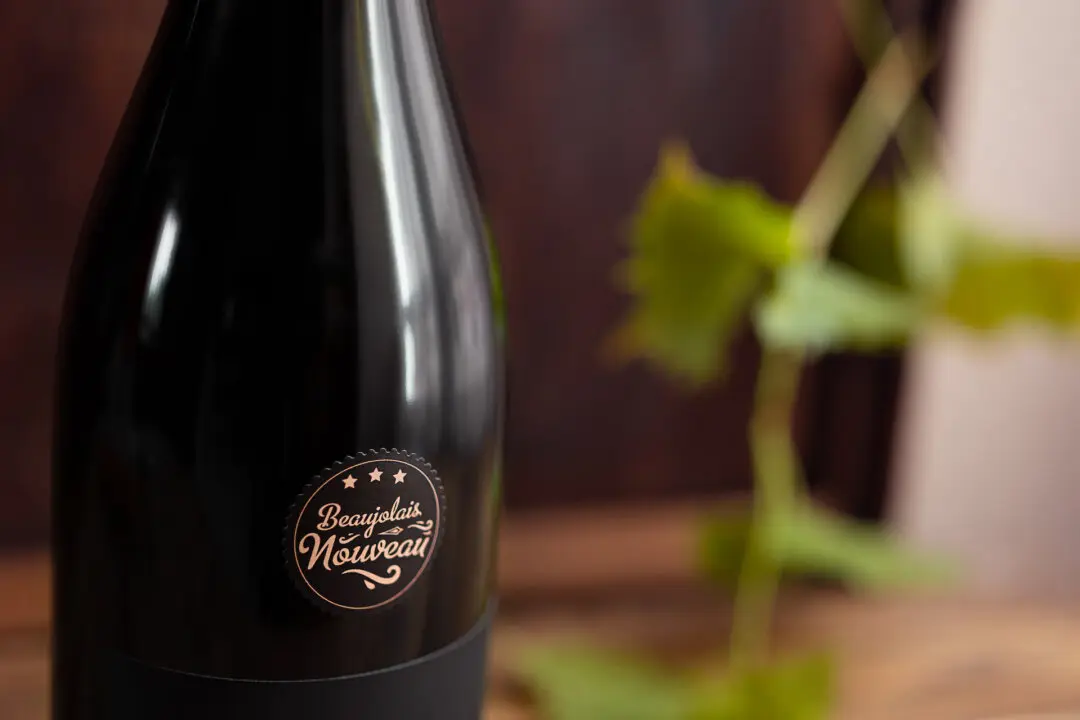The late wine author Leon Adams once said that in a best-of-all-worlds situation, dry wine should be as cheap as milk.
We may be reaching a point where that’s true. The overwhelming volume of wine in the United States today has kept prices for much of it very fair. The evidence is everywhere.

